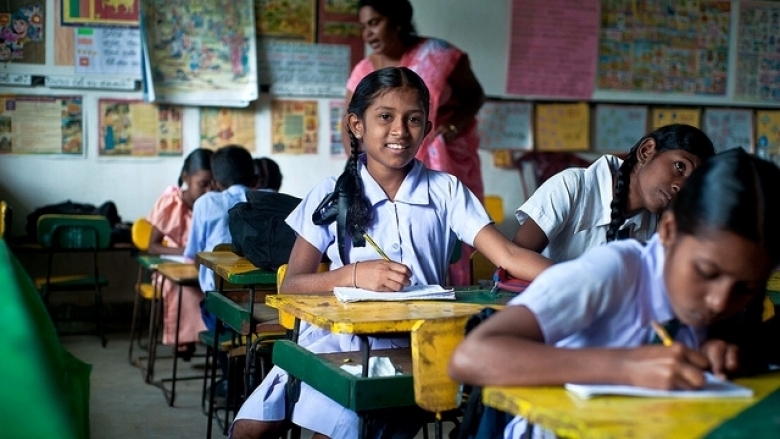This is Part 1 in our series on IDA-supported education programs in Sri Lanka. Part 2 Four Education Successes in Sri Lanka is available here
Investing in education is really about investing in people.
Education is closely related to poverty reduction. Among household heads without any education in Sri Lanka, the incidence of poverty is almost 46 percent while it is only 18 percent for those with secondary education.
The International Development Association (IDA), the World Bank fund that helps the world’s poorest countries has been the largest foreign development partner in the education sector of Sri Lanka since the mid-1980s.
A series of ambitious programs have engaged with every level of the Sri Lankan education system, evolving from primary education to higher education sectors and expanding both horizontally as well as vertically to support hundreds of thousands of beneficiaries.
Currently, 10,000 public schools, 15 public universities, and more recently 6000 Early Childhood Development (ECD) centers are covered.
However, while significant challenges remain, the education sector has many achievements to celebrate:
Improving access and equity in education
Early on, we recognized that not all schools were created equal - disadvantaged schools often lacked the most basic equipment. This challenge was embraced by the first project financed by IDA in the basic education sector in Sri Lanka.
The $49 million General Education Project (GEP) kicked off in 1990 and went on to exceed its project goals. When it came to supplying education equipment to schools, the project covered the priority needs (mathematics and science) and accounted for the largest vehicle, equipment, and educational materials inputs to Sri Lankan schools and administrative offices during the preceding decade.
Additional Financing targeted conflict-affected schools and improved essential facilities such as water and sanitation in more than 4,000 schools. Students in poorer rural schools, who prior to the project had only about 40 percent seating, were all seated by the end of the project.
Under GEP II, an investment of $70.3 million saw almost 9,700 schools (97% of government schools) receive inputs including ICT, electronics and laboratory equipment. The project helped create about 50,000 additional school places in the Grades 6-9 cycle.
These projects did so well in part because they were based on critical needs assessments of zonal plans and resource distribution to schools on a per capita basis, with schools in “difficult areas” and “very difficult areas” receiving about 40-70 percent more resources than other schools.


